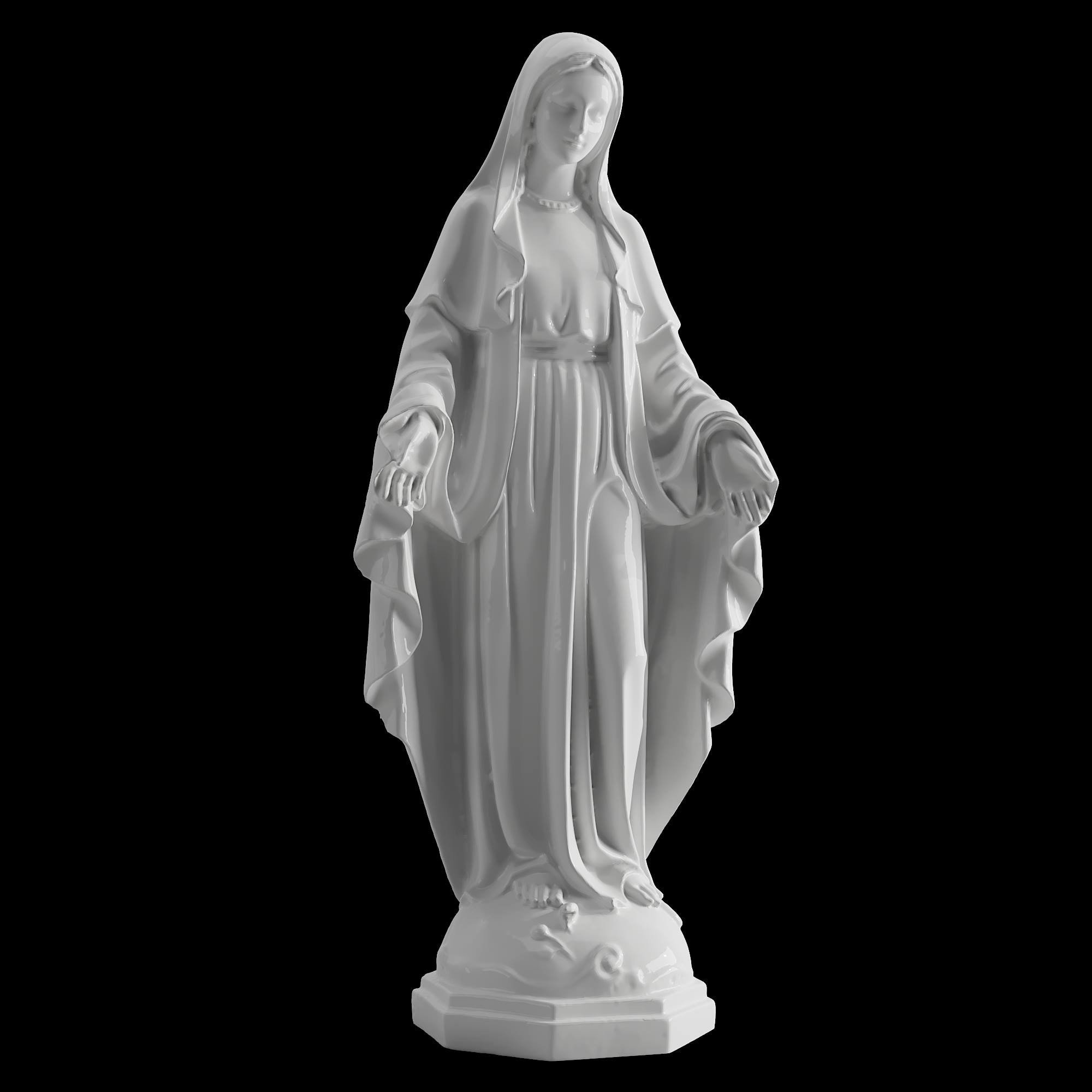## Embracing Imperfection: A Wabi-Sabi Fabric Sofa Combination 3D Model
Wabi-sabi, a Japanese aesthetic philosophy centered around finding beauty in the imperfect, weathered, and transient, has captivated design enthusiasts worldwide. This concept, characterized by rustic charm, natural textures, and a sense of timelessness, seamlessly blends with the comfort and functionality of a fabric sofa.
This 3D model embodies the essence of wabi-sabi, offering a unique and captivating design experience that transcends mere aesthetics. It's not just about the sofa itself, but the story it tells, the emotions it evokes, and the atmosphere it creates.
Part 1: The Design Philosophy
Wabi-sabi isn't about perfection; it's about recognizing the inherent beauty in the flaws and imperfections of life. This philosophy manifests in the design of this sofa through:
- Unpolished Textures: The fabric chosen exhibits a subtle irregularity, a sense of handmade craftsmanship, evoking a warmth and authenticity often lacking in mass-produced furniture. The fabric might have a slightly uneven weave, subtle variations in color, or even a deliberate distressed finish. This *imperfection* is not a flaw, but rather a testament to the sofa's unique character.
- Natural Materials: The fabric used is likely sourced from natural fibers like linen, cotton, or hemp, which age gracefully and develop their own unique patina over time. The color palette is inspired by earth tones and muted hues, reflecting the calming and grounding nature of wabi-sabi.
- Subtle Elegance: The sofa's design avoids excessive ornamentation or intricate detailing. Instead, it emphasizes clean lines, simple forms, and a focus on functionality. The *elegance* lies in the understated beauty of the materials and the craftsmanship, allowing the sofa to blend seamlessly into any surrounding environment.
- A Sense of Time: The sofa's design suggests a history, a past life lived, and a future that is yet to be written. This sense of *timelessness* is achieved through the choice of materials, the subtle patina, and the deliberate avoidance of trends that might date the design.
Part 2: The 3D Model's Significance
The 3D model plays a crucial role in understanding the wabi-sabi aesthetic applied to the sofa. It allows for:
- Precise Visualization: The 3D model enables a detailed visualization of the sofa in a variety of contexts, offering a realistic representation of its texture, color, and overall form. This allows potential buyers to experience the sofa in a virtual space, gaining a deeper understanding of its design and how it might fit within their own environment.
- Material Exploration: The 3D model can showcase different fabric options, allowing the user to experiment with different textures and colors within the wabi-sabi framework. This interactivity enables a personalized and engaging experience, empowering the user to choose the fabric combination that best reflects their individual taste and aesthetic preferences.
- Design Iteration: The 3D model facilitates the exploration of different design variations, enabling designers and manufacturers to refine the sofa's form, proportions, and overall aesthetic. This process allows for a more collaborative and efficient design development cycle, ensuring the sofa's final design truly embodies the spirit of wabi-sabi.
Part 3: The Wabi-Sabi Fabric Sofa: A Statement Piece
This wabi-sabi inspired fabric sofa, brought to life through a meticulously crafted 3D model, is more than just a piece of furniture. It's a statement, a reflection of a conscious choice to embrace imperfection, to appreciate the beauty of the natural, and to find comfort in the familiar.
Here's what makes this sofa unique:
- Versatility: The sofa's subtle elegance and focus on functionality make it suitable for a range of interior styles, from minimalist and modern to rustic and traditional. It can be a centerpiece in a living room, a cozy addition to a bedroom, or a comfortable seating option in a home office.
- Emotional Resonance: The wabi-sabi aesthetic imbues the sofa with a sense of warmth, intimacy, and peace. Its *imperfect beauty* evokes feelings of nostalgia, comfort, and grounding, making it a true sanctuary in a busy world.
- Sustainability: The focus on natural materials and the avoidance of excessive ornamentation aligns with principles of sustainability. This sofa embodies a philosophy of conscious consumption, prioritizing quality, longevity, and responsible design.
Part 4: Beyond the Design: The Wabi-Sabi Experience
The wabi-sabi fabric sofa, captured in a 3D model, is an invitation to experience a different way of seeing and appreciating the world. It is an opportunity to:
- Embrace the Imperfect: By celebrating the beauty of flaws and imperfections, we can cultivate a more accepting and compassionate view of ourselves and the world around us.
- Find Joy in the Simple: The sofa reminds us that true beauty can be found in the everyday, in the quiet moments of peace and contemplation. It encourages us to appreciate the small things and to find joy in the simple pleasures of life.
- Connect with Nature: The use of natural materials and earthy colors connects us to the natural world, reminding us of our place within the grand scheme of things. This connection can foster a sense of grounding, peace, and serenity.
- Live in the Present: The wabi-sabi aesthetic encourages us to appreciate the present moment, recognizing the fleeting nature of time and embracing the impermanence of life. This mindfulness can lead to a greater appreciation for the beauty that surrounds us and a deeper connection to the world we inhabit.
Conclusion:
The wabi-sabi fabric sofa 3D model represents a powerful fusion of design aesthetics and philosophical principles. It is a testament to the timeless beauty of simplicity, the acceptance of imperfection, and the enduring power of natural materials. It's a design that not only invites comfort and relaxation but also inspires a deeper appreciation for the beauty of the world around us.

















Comment (0)